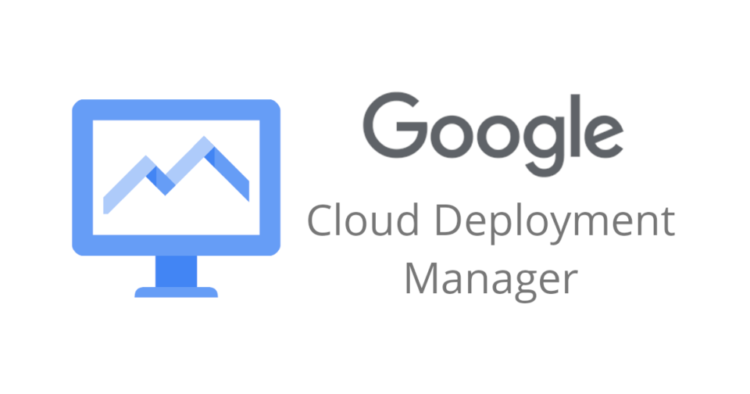AWS CloudFormation is a cloud server operating platform. It is the latest tool that enables you to store your online assets in a code-like instruction set with the help of a CMD-like infrastructure management service. It gives many readily available services that update and troubleshoot server infrastructure consistently.
It has different functions for generating intelligent virtual machines and new assistant options. Users can alter multiple categories and groups of data resources swiftly with only a line of code. It gives an adaptive approach with innovative templates for the configuration of networks and other local computers with the central server.
It provides support for managing and analyzing cybersecurity and protects the network from threats. You can deploy custom applications for file management and maintenance. It is accessible through any operating system with its highly supportive software. See our list of alternatives to AWS CloudFormation.
Features
- Adaptive application
- Unique tools
- Customizable software
- New configurations
- Easy to manage.
There are up to 10 AWS CloudFormation Alternatives. The best alternative to AWS CloudFormation is Crossplane, which is Free. The other best apps like AWS CloudFormation are Ansible, Microsoft Bicep, and CDKTF.
Pricing
AWS CloudFormation Information
10 Best AWS CloudFormation Alternatives
1: Microsoft Bicep
It is a dynamic language by Microsoft that is available for general public use. Users can use it with any other deployment software. It is according to Azure's policies and supports blueprints and application deployment. If you want to find the best alternative for Microsoft Bicep, then see our list below.
It works seamlessly with GCP because it is an official build by Google. You can view proper deployment patterns to learn about further procedures regarding the integration of new networks or applications. You can configure more than one server here at a time and get a sizeable private cloud computer.
Advertisement
3: AWS CDK
It works simply where you first enter the desired model for resources; then, it will provide components to create such a model. You can even use your models as templates for future deployment projects. It usually updates the system consistently in your infrastructure and keeps you in check. Discover the best alternative to AWS CDK from the list below.
It provides many services that streamline the user experience and speed up the infrastructure management process. Users can set a predefined state as a target, which this tool follows and helps you to achieve that value. You can use it to create an artificial system for testing and development purposes of new applications. It gives access to deploy and run any type of project on the system.
Advertisement
5: OpenTofu
OpenTofu is an open-source platform based on Terraform that manages and monitors databases. It is an intuitive tool for remote access and maintenance of servers and network devices. It allows the administrator to control the data over servers with the help of a command line interface. It enables such dynamic options, unlocking more accessibility for its users.
6: Pulumi
Most of the platforms like this are suitable because of their handy interface with wider support for various systems. Many developers prefer it for its premade configurations. It has many options for automating the general processes in the connectivity between the user and clients.
Advertisement
7: Crossplane
Crossplane is an advanced infrastructure management solution. It introduces large organizations to run infrastructure on a cloud server without coding. It turns resources into visual elements for easier reorganization and access. You can use it for many technical purposes, such as starting new projects and eliminating errors from your system.
It gives direct access to users who are working with platforms like Terraform. It helps operate a cloud server and deploy new integrations. Users can try new possibilities to manage a development project that they can run in an artificial system. It has multiple configurations to increase the speed of workflow and define complex data structures into a simple code-like form.
Ansible is an infrastructure management tool for cloud servers and private networks. It is a valuable application in cloud computing for improving systems and creating development projects. Firms use it to transform servers into different complex infrastructures for unique purposes like developing new applications and testing them in a suitable environment.
It is an effective place for collaborative work and balancing the workflow among the teams. You can further automate it for updates and security check-ins. It is a valuable tool for cloud computing and management. You can see our list of best alternatives to Terraform.










